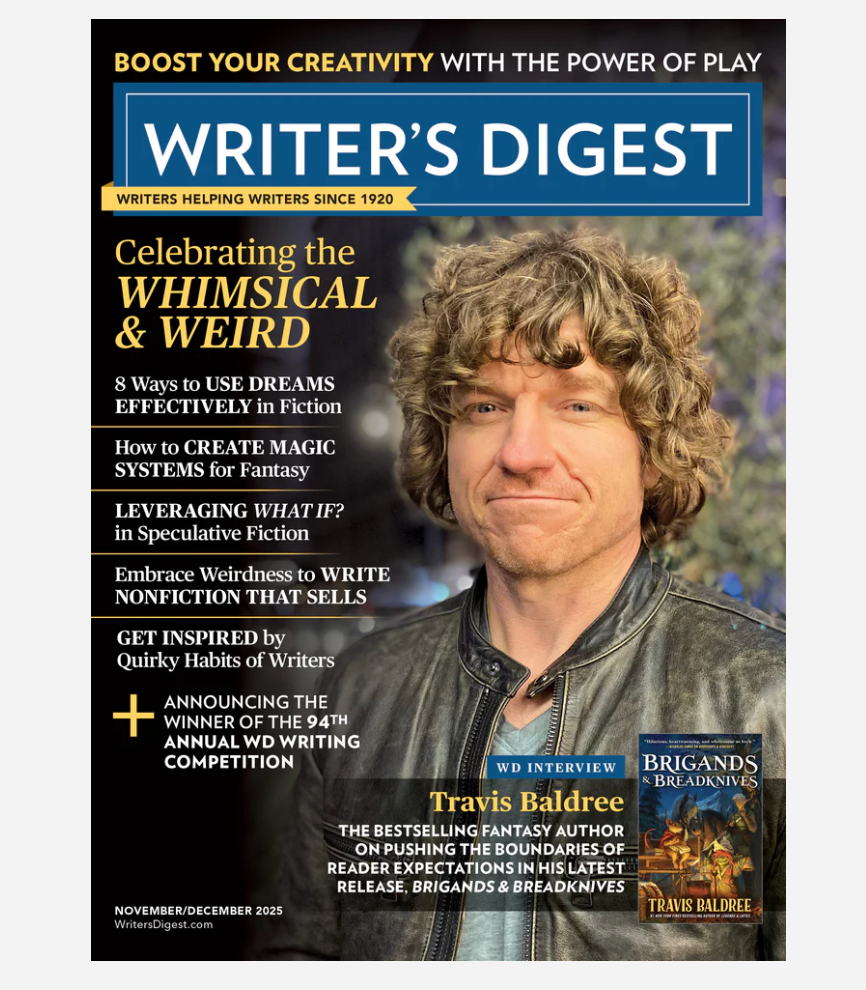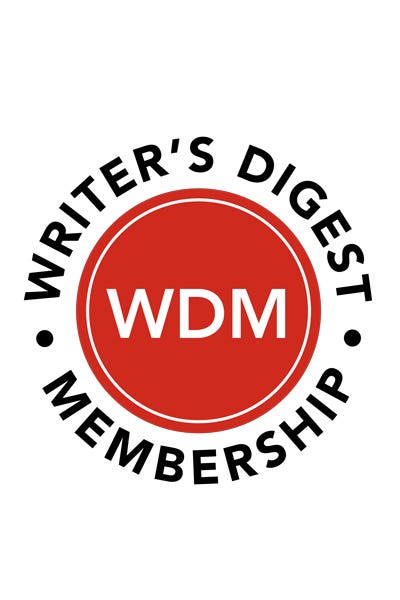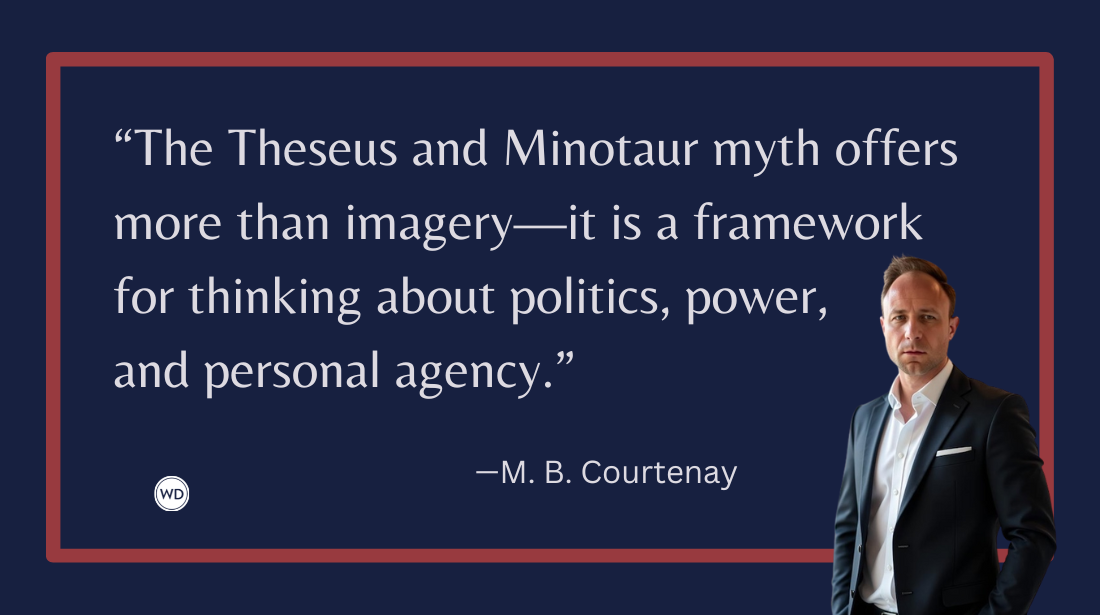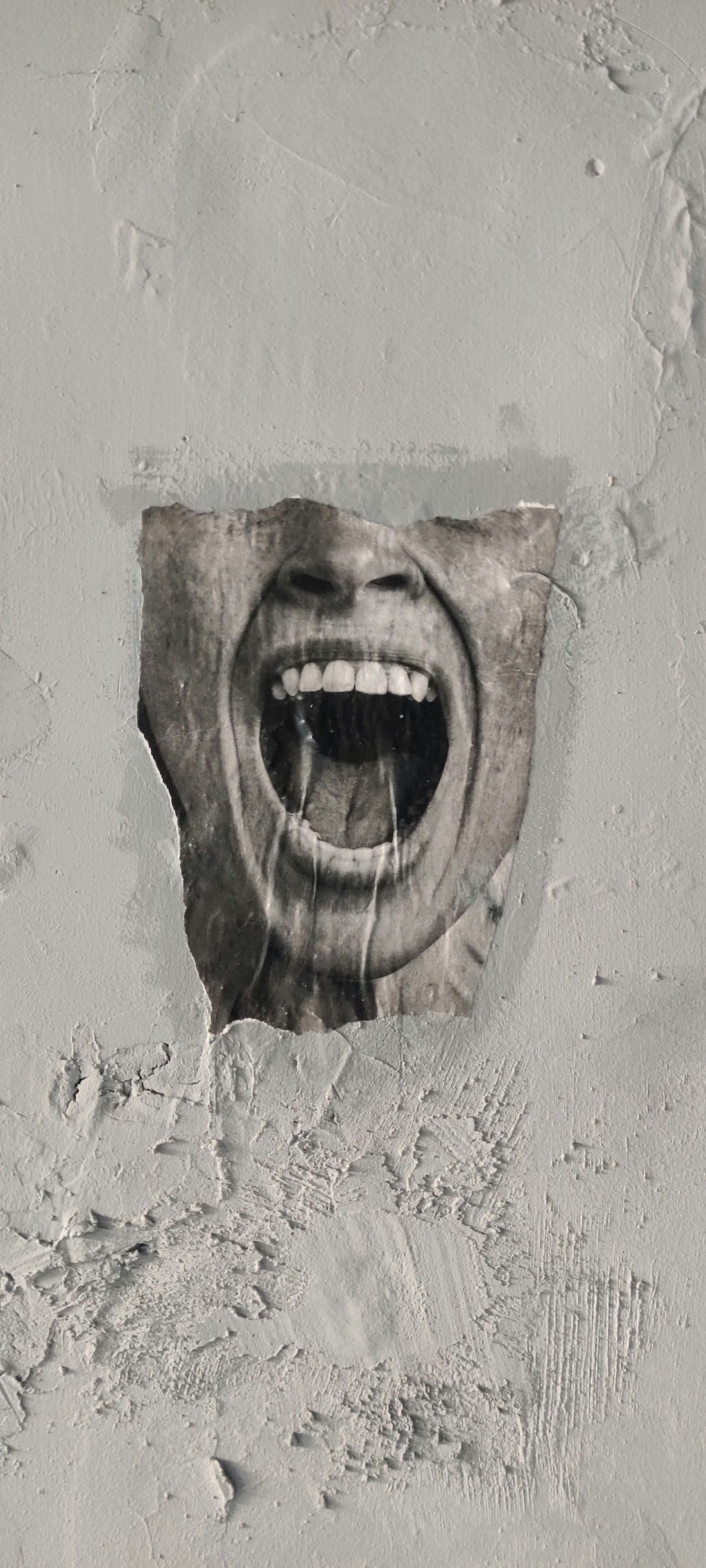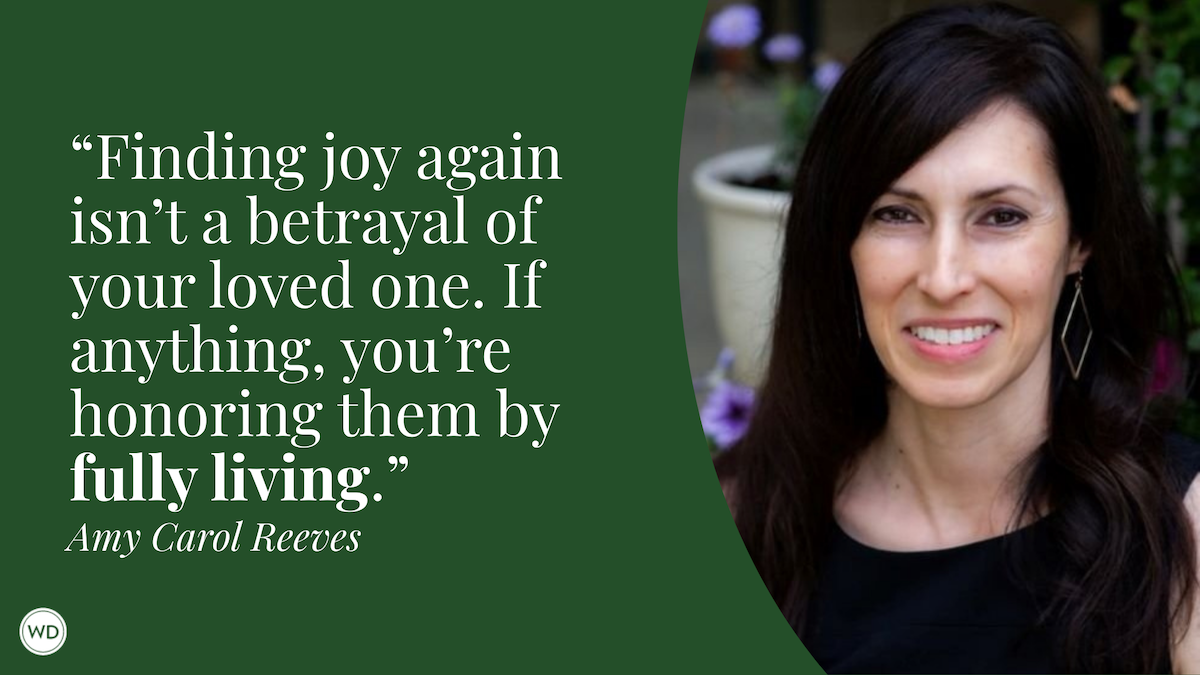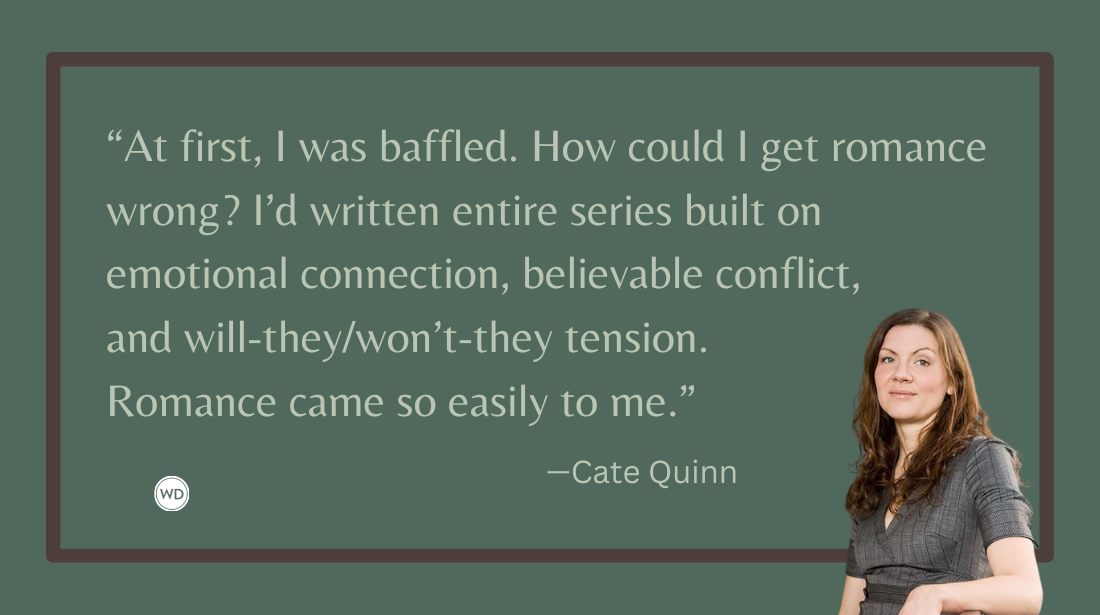A Conversation With Otto Penzler on What Writers Overlook When Crafting Crime Fiction (Killer Writers)
Clay Stafford has a conversation with editor Otto Penzler on writing mysteries, making memorable stories, and more.
For 50 years, Otto Penzler has defined excellence in mystery and crime fiction. As the founder of The Mysterious Press, Penzler Publishers, and The Mysterious Bookshop and editor of countless award-winning anthologies, he’s shaped generations of readers and writers. In our conversation, Penzler, from his book-lined office in the basement of The Mysterious Bookshop in New York City, shares what writers too often miss when building suspense, how to make mysteries endure, and why character remains the heartbeat of great storytelling.
“Otto, after reading and editing thousands of mysteries over your career, what do you think most writers still misunderstand about what actually makes a mystery work?”
“I think a lot of unpublished writers still believe that all mysteries are plot-driven, when in fact the same elements that elevate literary fiction are essential in mystery writing too. The first priority isn’t plot; it’s character. You need people readers want to know. Even if readers hate them, they still have to care what happens. That’s what drives a story forward. If you don’t care about the people on the page, no twist or revelation will save it. Developing believable, memorable characters is the first job of any novelist. Always.”
“When you first start reading a manuscript, what tells you within a few pages whether the writer truly understands suspense?”
“What I learn in the first five or 10 pages isn’t usually about plot or suspense; it’s about whether the writer can write. Does the prose have rhythm? Does the voice make me want to turn the page? Suspense can come in many forms: Sometimes it’s immediate, a body on page one, but sometimes it builds layer by layer. Either approach can work if the writing itself is alive. In those first pages, I’m looking to see if I’m in the hands of someone who knows how to use language, how to build a scene, how to create a sense of curiosity. If I feel that pull, the suspense will take care of itself.”
“How do you define the difference between a story that merely surprises you and one that truly satisfies?”
“It’s the difference between a trick and a truth. A surprise can make you jump, but satisfaction comes from understanding why it happened. That’s character. If I’m interested in the person, almost anything that happens to them will matter. You can fill a book with shocks, but if the people are cardboard, it’s empty noise. Real suspense is emotional, not mechanical. I want to care who the bullet hits, not just see the bullet fired.”
“What’s the single most common craft mistake you see writers make when they’re building a mystery?”
“They rush the ending. They’re so eager to reach the big reveal that they don’t give it time to breathe. A strong mystery builds to a conclusion that feels inevitable when you get there, but that inevitability comes from structure and patience. New writers often tie everything up in the final five pages or dump a flood of explanations that feel forced. The best writers earn their endings. They let the story unfold naturally. You never want to feel the author pushing you toward a solution; you want to feel the story leading you there.”
“You’ve said again and again that character drives everything. How can writers make sure their characters create the mystery rather than simply walk through it?”
“The characters must be active participants in their own story. Their decisions, flaws, and blind spots should generate the mystery’s complications. In a detective story, for example, you don’t want a flawless genius who solves everything by deduction alone. That might have worked a century ago, but readers today expect complexity. They want to see intelligence mixed with vulnerability. You need a detective who’s human: curious, sometimes wrong, maybe a little arrogant, maybe broken. The villain or culprit must be equally smart, setting traps that the detective doesn’t immediately see through. That’s how you create tension: two intelligent forces, each with blind spots, moving against one another. The story grows out of their humanity, not the author’s cleverness.”
Check out Otto Penzler's The Best Mystery Stories of the Year 2025 here:
(WD uses affiliate links)
“What makes atmosphere feel authentic in a mystery instead of decorative?”
“The key is knowing your world. Research deeply, then use restraint. Dick Francis was brilliant at this. He and his wife explored new subjects for every book—wineries, photography, horse racing—and he always used just enough detail to make it real without showing off his homework. Many writers, especially in historical mysteries, feel they have to prove what they’ve learned. They fill the story with facts about the year 1815 in Athens or what kind of buttons were on a soldier’s coat. That kind of information belongs in the writer’s notebook, not on the page. What makes atmosphere believable is suggestion. A few precise details do more than a paragraph of description. It’s about creating a sensory truth, not a catalog of facts. You want the reader to feel the world, not study it.”
“What gives a mystery its pulse from the first page?”
“Character, again. If I’m interested in the person from the first few lines, I’m already invested. The pulse of a mystery isn’t always action; it’s empathy, or fascination, or a spark of curiosity about who this person is and what’s about to happen to them. And of course, it’s style. I want to see poetry in prose. Writing should have a rhythm, a turn of phrase that catches the ear. I remember once telling Shel Silverstein I’d never heard anyone phrase something quite the way he did. He smiled and said, ‘That’s why they call me a poet.’ That’s what I want on the page, that freshness of language that makes you stop and say, yes, that’s it.”
“Across the many subgenres—cozy, hard-boiled, procedural—what are the universal elements that make a story great?”
“Style, always. Even in a fast-paced police procedural or an international thriller, there’s room for elegance. Not every line can sing, but there should be moments that do. Thomas H. Cook does that beautifully. You’ll be reading along and suddenly there’s a paragraph so lyrical you have to stop and reread it. James Lee Burke can do it. James Crumley could do it. Those are writers whose sentences you want to share out loud. It’s not about making every word ornate; it’s about caring how it sounds.”
“How can writers make their work feel both original and classic without falling into formula?”
“Find what’s unexpected: an unusual murder method, a distinctive setting, a fresh perspective. A mystery doesn’t need to reinvent the genre, but it does need to offer readers a reason to care again. You can set a story in a familiar city but show it from a new angle. You can give us a detective who feels familiar but makes us see the world differently through their eyes. And sometimes originality comes down to voice. James Ellroy is a good example. When I first edited him, his manuscript was wild, L.A. Death Trip, which became Blood on the Moon. It was relentless violence, page after page. But his style, his energy, his rhythm, was unmistakable. We cut about two-thirds of the gore, and suddenly his storytelling had space to breathe. That style gave the book life. It’s what carried him forward as a writer.”
“What storytelling instincts or elements do you think are timeless?”
“Books with good characters. Always. Without them, it’s not a story; it’s a puzzle. That was the flaw in many Golden Age mysteries. They were intricate, clever, and cold. You can admire the puzzle, but you don’t feel anything. Most of those books are forgotten now. They were too mechanical, too dependent on plot alone. A story lasts when the reader is emotionally involved. That’s what carries across generations. Readers will forgive almost anything—structure, pacing, even an imperfect ending—if they love the people in the book. That’s what lasts.”
“If a new writer came to you and said, ‘Otto, I want to move from competent to unforgettable,’ what would you tell them?”
“Create a character no one can forget. That’s number one. Then develop your style. Read constantly. Read the best writers you can find. Read Raymond Chandler, Ross Macdonald, Charles McCarry, Robert B. Parker, James Lee Burke, Michael Connelly, Dennis Lehane. Every one of them wrote mysteries, but they also wrote literature. You follow their characters, you care about the plot, and then you find these moments—maybe one sentence, maybe a paragraph—where the writing itself takes your breath away. That’s what separates an ordinary writer from a memorable one. It’s not about tricks or formulas; it’s about artistry.”
“Do you think writers can learn that kind of artistry, or is it innate?”
“You can learn to recognize it, but you have to want it. It comes from reading widely and writing constantly. You start hearing what works. You start noticing the music in language. You stop imitating and start listening to yourself, to your characters, to the rhythm of your story. Craft can be taught, but voice must be found. That’s the hard truth, and it’s what keeps the work alive. The thing is: Mystery writers sometimes think they’re in a lesser form of art. They’re not. The best crime fiction stands alongside the best literary work. It’s not about the crime, it’s about how human beings respond to the crime, what it reveals about them. If a writer can capture that truth, they’ll never have to worry about being forgotten.”
_________________________
Otto Penzler is the proprietor of The Mysterious Bookshop and the president and CEO of Penzler Publishers. He has won a Raven, the Ellery Queen Award, two Edgars, and lifetime achievement awards from Noircon and The Strand Magazine. He has edited more than 80 anthologies and written extensively about mystery fiction. https://penzlerpublishers.com/


